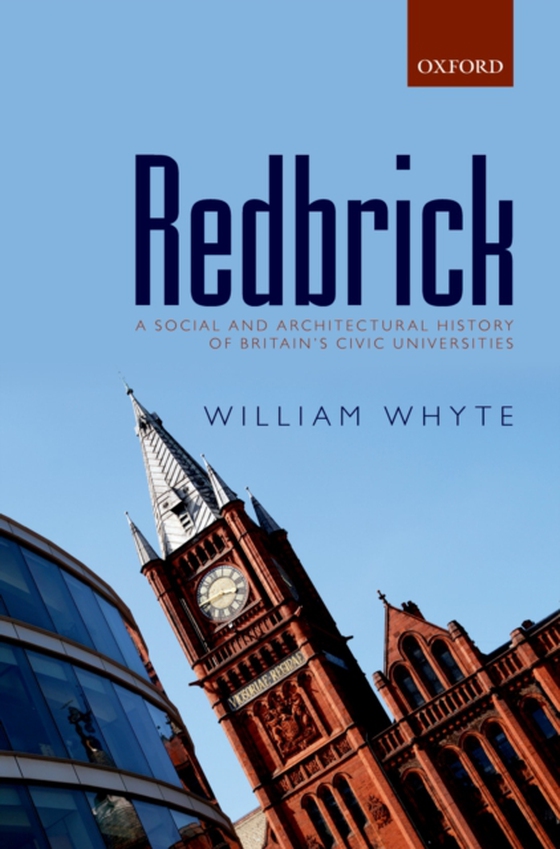
Redbrick e-bog
403,24 DKK
(ekskl. moms 322,59 DKK)
In the last two centuries Britain has experienced a revolution in higher education, with the number of students rising from a few hundred to several million. Yet the institutions that drove - and still drive - this change have been all but ignored by historians. Drawing on a decade's research, and based on work in dozens of archives, many of them used for the very first time, this is the firs...
E-bog
403,24 DKK
Forlag
OUP Oxford
Udgivet
16 januar 2015
Længde
356 sider
Genrer
1DBK
Sprog
English
Format
pdf
Beskyttelse
LCP
ISBN
9780191025228
In the last two centuries Britain has experienced a revolution in higher education, with the number of students rising from a few hundred to several million. Yet the institutions that drove - and still drive - this change have been all but ignored by historians. Drawing on a decade's research, and based on work in dozens of archives, many of them used for the very first time, this is the first full-scale study of the civic universities - new institutions in the nineteenth century reflecting the growth of major Victorian cities in Britain, such as Liverpool, Manchester, Birmingham, York, and Durham - for more than 50 years. Tracing their story from the 1780s until the 2010s, it is an ambitious attempt to write the Redbrick revolution back into history. William Whyte argues that these institutions created a distinctive and influential conception of the university - something that was embodied in their architecture and expressed in the lives of their students and staff. It was this Redbrick model that would shape their successors founded in the twentieth century: ensuring that the normal university experience in Britain is a Redbrick one. Using a vast range of previously untapped sources, Redbrick is not just a new history, but a new sort of university history: one that seeks to rescue the social and architectural aspects of education from the disregard of previous scholars, and thus provide the richest possible account of university life. It will be of interest to students and scholars of modern British history, to anyone who has ever attended university, and to all those who want to understand how our higher education system has developed - and how it may evolve in the future.
 Dansk
Dansk

